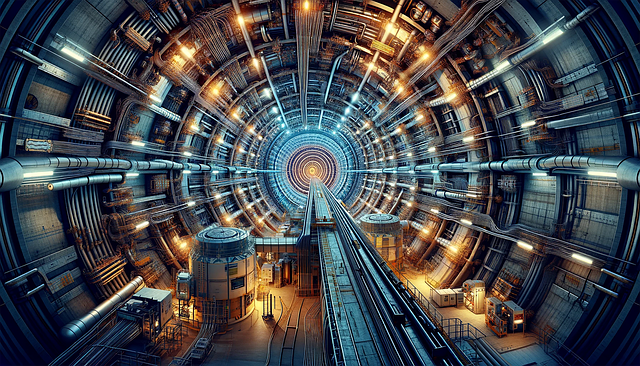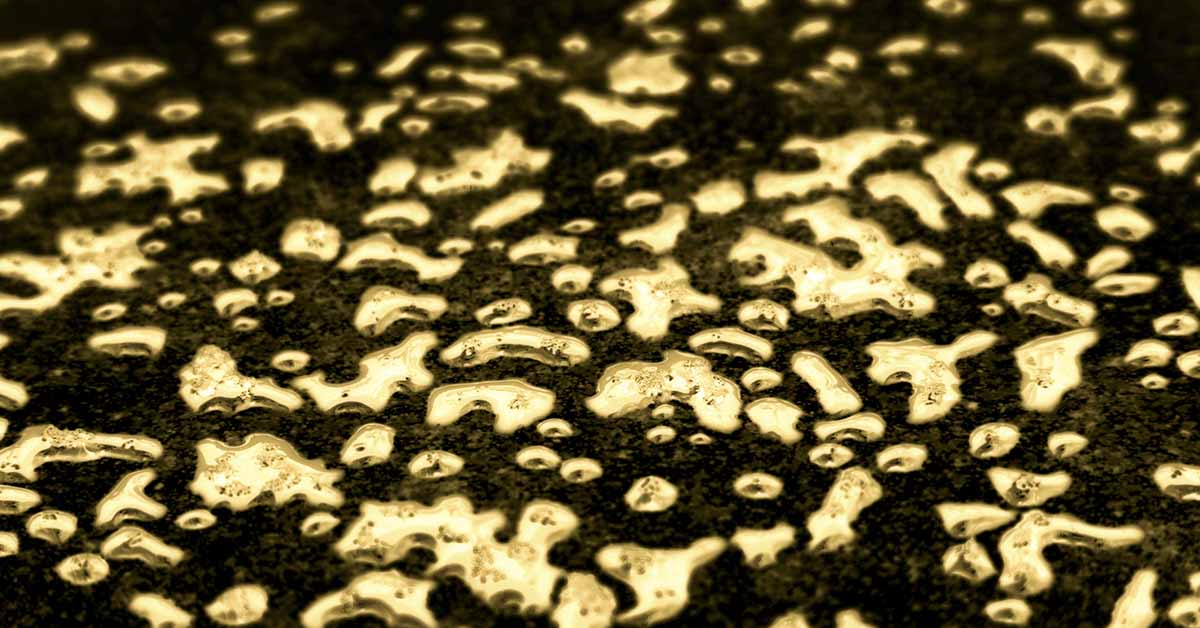Humans have been trying to turn base metals into gold for centuries. In fact, it was one of the objectives of those who practiced alchemy, a word that originally arose in Latin Europe in the 12th century. While it appears that none of them managed to achieve this goal, scientists working on the Large Hadron Collider claim that they recently figured out how to convert lead to gold. However, it was a fractionally small amount that existed for a split second. Yet, if we consider that the first human flight lasted only 12 seconds, who knows what will be achievable in the near future.
How Scientists Managed To Convert Lead To Gold

The Large Hadron Collider (LHC) is the most powerful and largest particle accelerator in the world. One of its roles is to provide collisions between lead ions, thus recreating the conditions that existed following the Big Bang. However, they found that some very interesting things happen if they barely miss each other. The scientists discovered that they could convert lead to gold by knocking three protons out of the lead atoms. Instead of making the atoms collide, the near miss causes the atoms to change into different elements due to the surrounding magnetic fields.
While collisions result in thousands of particles, these smaller types of events are able to produce just a few particles at a time. During the experiments conducted between 2015 and 2018, the researchers were able to create 86 billion gold atoms. Don’t get too excited just yet, though. While it may sound like a considerable amount, it only adds up to around 29 picograms. That works out to around a trillionth of a gram! Yeah, you can imagine how long it would take to make one gram of gold jewelry – a trillion times more than they have achieved so far. While the LHC can produce around 89,000 gold atoms per second, each atom only exists for a split second before breaking apart again.
More Than Just Gold Production

Thanks to recent upgrades, the machine can now produce double the amount of gold, yet even this amount is far from enough for any practical applications. However, this is the first time scientists at LHC have been able to study gold production this way – who knows what the future holds? This isn’t just about learning how to convert lead to gold, though. These experiments enable scientists to better understand the behavior of particles, which helps them improve the LHC and potential future particle colliders.
According to one of the scientists involved with the project, “The results also test and improve theoretical models of electromagnetic dissociation, which, beyond their intrinsic physics interest, are used to understand and predict beam losses that are a major limit on the performance of the LHC and future colliders.” Interestingly, this is not the first time the CERN accelerator was used to convert lead to gold. A physicist at Stony Brook University in New York, Jiangyong Jia, says that another CERN accelerator, known as the SPS, observed this same conversion in experiments conducted between 2002 and 2004. However, the latest experiments are at much higher energy levels, which leads to a higher chance of gold production, making cleaner observations possible.
Sure, the implications of being able to convert lead to gold may seem impractical right now, but the science behind it offers a small glimpse into what physics can currently achieve. At the very least, this accomplishment illustrates our ability to alter atomic nuclei, a feat formerly reserved for myth and alchemy. As these particle accelerators continue to evolve, they may unlock even more potential that may yet prove to be beneficial in a practical sense. It could pave the way for breakthrough applications, such as nuclear medicine, materials science, and energy production.
Read More: Largest Gold Deposit Discovered in China, and Its Worth Over $80 Billion

